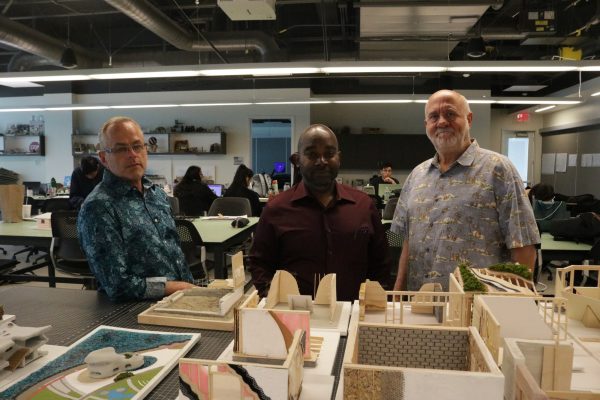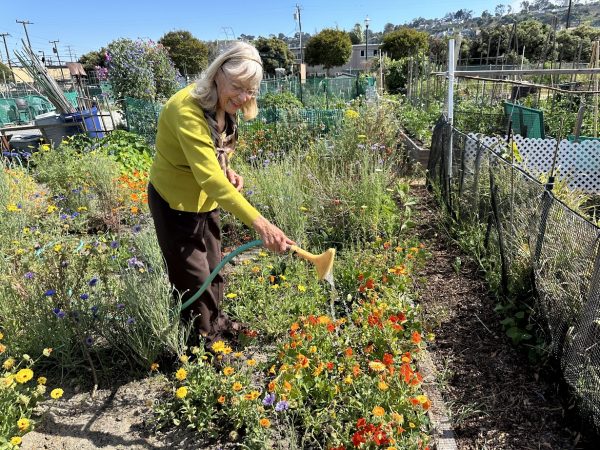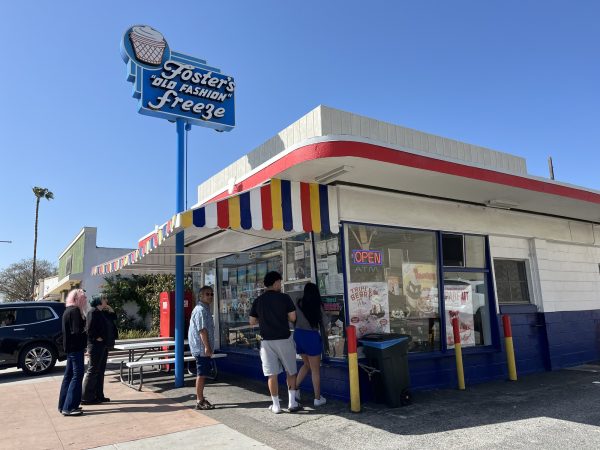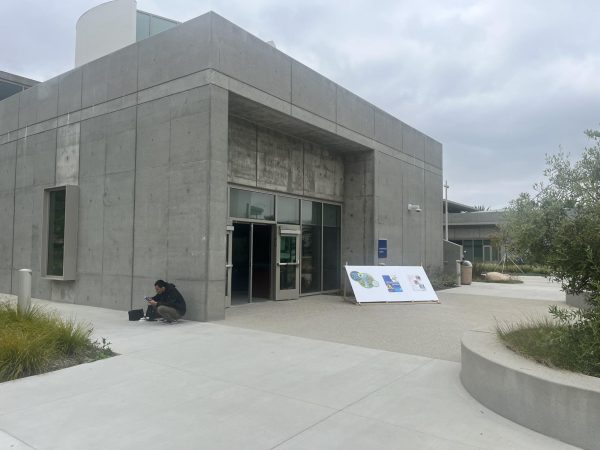Searching for a statue, finding ideal representation
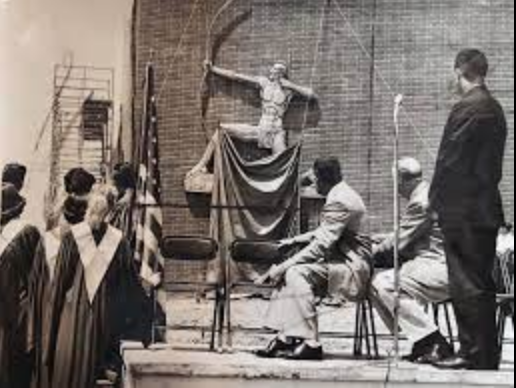
A screenshot of the Warrior sculpture during its original unveiling taken from the El Camino College website on Sept. 18. (Delfino Camacho | The Union)
What began as a search for a missing statue led to finding more ideal ways to inform people about the history of the land and its original inhabitants.
First unveiled in 1959, the Warrior Statue was part of El Camino College’s effort to display the values and importance of the Tongva, who were the original peoples who inhabited the land that El Camino now sits on.
Today, the Tongva people continue to live around the Los Angeles area. After the area became associated with the Mission San Gabriel Arcangel, which was founded in 1771, the Tongva have lived under the state-recognized tribal designation of Gabrielino-Tongva.
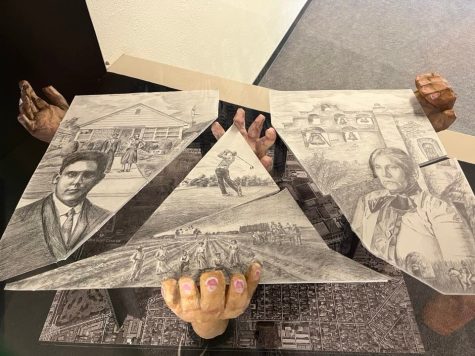
Made out of bas-relief aluminum, and approximately 12 feet tall, the Warrior Statue was displayed outside the North Physical Education Building for over six decades before recent construction in the area forced its removal. Its location a mystery for those that remember it.
The removal of the statue brings forth an important dilemma regarding the right way to honor the history of El Camino and the people that lived here before in a way that is both honest and respectful.
Dean of Library and Learning Resources Crystle Martin said that the construction process has resulted in new buildings that are nice in their design and provide a better environment for students and staff. She hopes that construction continues even if means changes to campus.
“I do think that with the new construction that’s finishing here, it will make better walking paths [and] more ease of movement which is really important, moving place to place on campus and well-maintained spaces are inherently more welcoming,” Martin said.
Martin did not know whether the Warrior Statue was stored away but she did know of other pieces of El Camino history that were.
“Out in front of student activities there was a time capsule and mission bell and they did store those,” Martin said.
When asked if she believes that the statue should be brought to be a part of the campus once again, Martin was careful to respond.
“Not all representations of Indigenous groups in history have been positive, so I wouldn’t say I would want a statue to come back that I had never seen,” said Martin.
In regards to more positive representation, an exhibit called “The History We Stand On” is currently on display in the El Camino College Library lobby until Sept. 30. The exhibit aims to help people learn about the Tongva tribe.
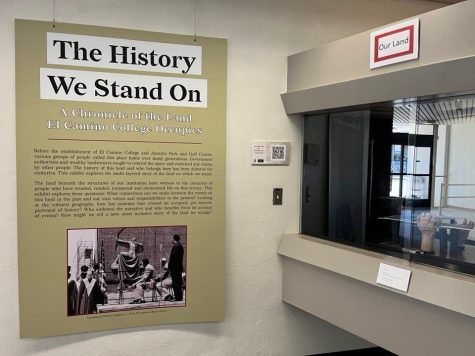
(Delfino Camacho | The Union)
Linda Cooks, a faculty librarian who helped organize the exhibit, said that the statue may not be an accurate reflection of the Tongva people.
“Part of our exhibit kind of focuses [on] the whole conversation of why it’s problematic to use an image that’s not really reflective of the actual history of the school,” Cooks said.
Cooks says that one way to get an accurate representation is to get the current views and opinions of the Tongva people themselves.
“We’re hoping [that] in communication with representatives of the Tongva tribe that we can do things that move us to a better place, we don’t have to go back to the past and repeat that, we can do better,” Cooks said.
Carla Cain, a library archivist, said that “those kinds of statues should be set aside somewhere” because they are no longer appropriate and falsely represent Indigenous people
Cain also said that no Indigenous people were consulted when the student council originally approved using $6,500 of funds for the construction of the statue on June 11, 1957.
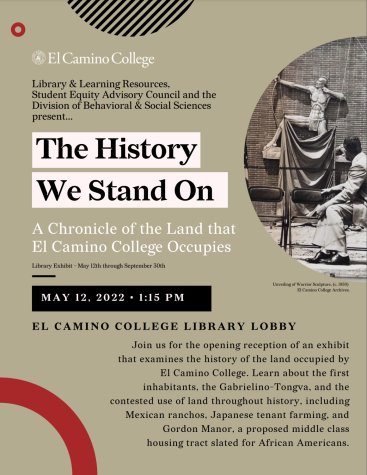
Despite its expense and history as part of the campus for so many years, Cain said that the statue “should not come back” and that instead it should be something to learn from.”
The statue’s current whereabouts are still unknown to many staff members, with no official word regarding what happened to it.
For people like Cain and Cooks, however, the missing statue can still be a useful starting point for conversations about new methods of ideal representation for indigenous people at El Camino College. Methods that are more positive and appropriate.
“The image of a bow and arrow, the hair in a mohawk, that’s not representative of the Tongva,” Cooks said. “So if we were to discuss it, it would have to be something that is more culturally representative of the actual people that were here.”
Editor’s Note: Sept. 22, 2022. 5:06 p.m. – Corrected wording on the final paragraph quote for accuracy.



